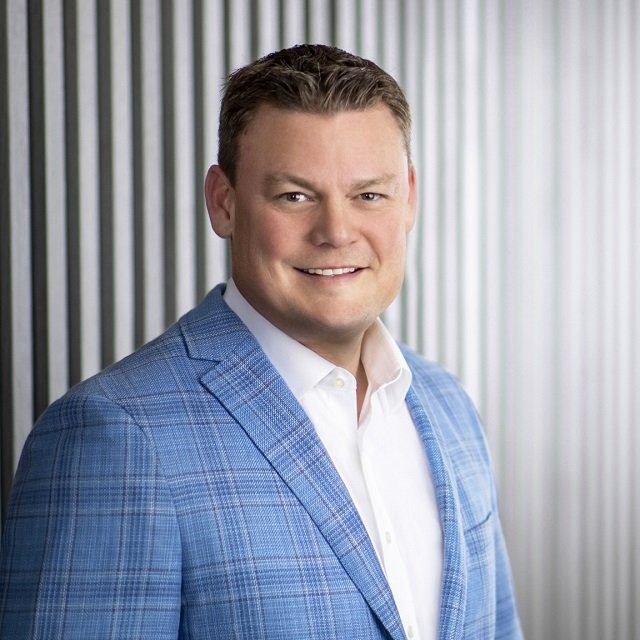Better Service Means Better Retirement Security: Brian Severin

What You Need to Know
COVID-19 pandemic pushed Mutual of America to turn to a virtual environment.
Now, the company is helping clients get through the turbulence.
Severin believes one-on-one service can increase the odds that workers will start saving early, and keep saving.
Brian Severin wants to convince workers throughout the United States to start saving early, keep their money in their nest eggs, and let their nest eggs grow.
Severin is a senior executive vice president and chief marketing officer at Mutual of America Financial Group, a New York-based mutual insurer that focuses on the retirement plan market and has about $29 billion in assets under administration.
Severin earned a bachelor’s degree in business from Loyola Marymount University, then went through The Boeing Co. management training program.
He joined Mutual of America as a sales specialist in 2000. He later was a sales manager, head of sales and deputy chief marketing officer at the company before getting his current title in 2021.
We asked Severin, via email, about how he got where he is, and what he’s seeing.
How did you get into financial services in the first place?
Ever since I was young, the financial markets have fascinated me — starting with the stock market and the idea that individuals could invest their money in a company that they liked and own a piece of that company.
In high school, learning about the power of compound interest and other aspects of investing furthered my interest in finance.
Once in business school — recognizing the connection between the markets and the economy, especially how they influence our lives — I saw financial services as an avenue to career growth and, importantly, personal development.
Getting into the retirement plan space satisfied both of those desires, enabling me to grow professionally and make a positive impact by helping others save money for their future and become financially secure.
What took up the most time and energy last year, and what did you learn from that?
Mutual of America has been in business for 77 years, but the past two years have been marked by significant company-wide transformation and growth, even with the ongoing impact of the COVID-19 pandemic.
When the pandemic hit in March of 2020, we quickly pivoted to a virtual environment, to continue to stay connected with our clients and prospects and maintain our high-touch customer service.
Last year, that approach served us and our customers well, even as in-person business resumed in parts of the country that began to reopen.
We also continue to contend with volatile financial markets and economic uncertainty, which have been compounded by high inflation, rising interest rates and the war in Ukraine.
Helping our clients navigate this turbulence reinforced just how vital it is to maintain regular contact at all times to ease their concerns and keep them on track with their retirement goals.
What we’ve seen in the last year confirmed the importance of our investment in the human element of customer service and the role technology can play to further help and empower our customers.
What are you focusing on most right now?
We recently implemented a new, digital-first recordkeeping and administration platform, launched a new mutual fund trust platform and restructured our customer-first delivery model.
The rollout of these initiatives has not meant a shift in emphasis, though. If anything, we are emphasizing our customer-first approach even more.
Last year, we had a plan sponsor retention rate of 98.7%, which reflects our commitment to helping our clients, most of whom are nonprofits and small businesses, and the trust they have in us to help them in both good and challenging times.
What forces out there are helping, and what forces are hurting?
The global events that have driven volatility this year are just the latest illustration of why it’s so important to plan for a financially secure future.




